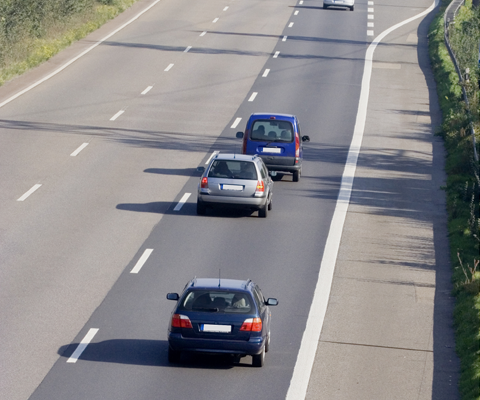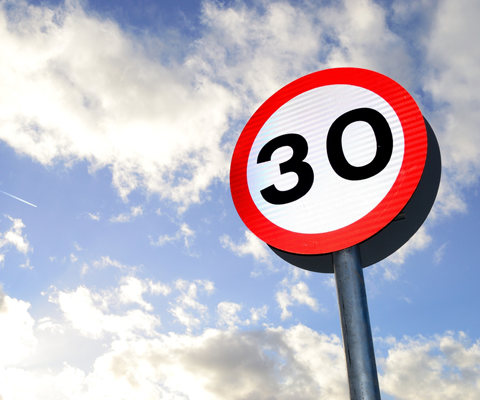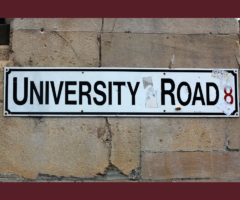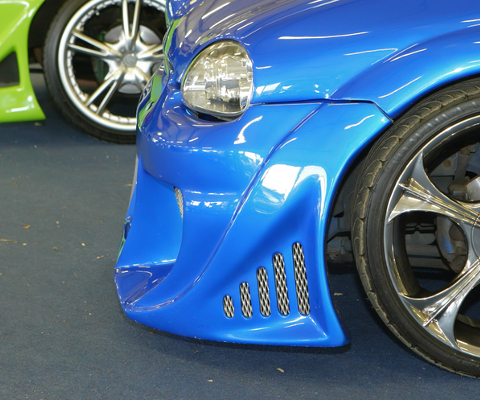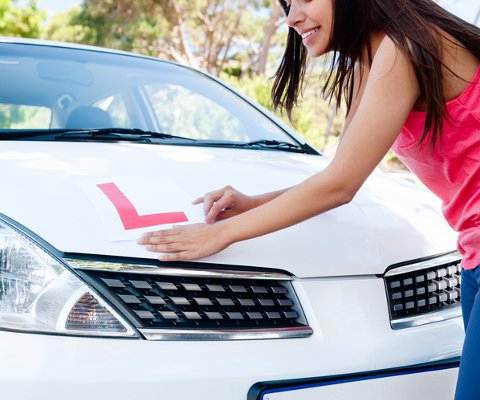
Private practice: everything you need to know
When a parent or relative hands you the car keys and slides into the passenger seat it can feel pretty weird - especially when you’ve not got your licence yet. Without a trained instructor next to you, you’ll probably convince yourself that you’re about to get pulled over any minute, but don’t panic.
Practising outside of your lessons is legal and encouraged by the DVSA - as long as you follow the learner driver rules. Private practice can really boost your driving experience while you learn, but there are few things you need to know before you head off.
Here’s 5 rules on private practice while you're learning to drive...
-
What kind of insurance do I need as a learner driver?
So, there's 3 main ways you can get insured as a learner driver:
- Take out a learner policy on someone else's car (with their permission!)
- Get your own learner policy on your own car
- Get added as a named driver to someone else's policy
Learning in someone else's car
Taking out a Learner policy on someone else's car means you have flexibility while you're learning - you can choose how long you need your cover for, from 1-6 months and you can just buy more time if you need it before your test.
The car owner won't lose their NCD if you have a bump (awkward conversations with Dad avoided) and you'll also have a lower compulsory excess.
Learning in your own car
On the other hand, taking out your own insurance policy as a learner driver, means you can start earning a No Claims Discount while you're out safely practising on the roads.
You'll also get started with black box driving feedback, so you'll be able to focus on specific areas in your lessons and practice time - like gentle braking and acceleration. Getting this while you're still learning means you'll be in great shape for earning your discounts 3 times a year - up to 21% off your insurance if you drive well.
Named driver
If you're practising in someone else's car, you can ask the car owner to look into adding you to their insurance policy as a named driver on a provisional licence. Just bear in mind that it could cost them a bit extra and if you accidentally bump into something, they could lose their No Claims Discount.
Find out more about how to get the best learner driver insurance for you.
Who can supervise a learner driver?
- They must be over 21
- They must have had a full driving licence for 3 years or more
- They must be qualified to drive the type of vehicle you want to learn in
- They must not be asking for money
- They must not be using a phone or distracted
-
Can I take passengers while I'm learning to drive?
You can. Some learners find driving with an extra person in the back a useful tool to help them get used to having other people around and to make sure they’re driving their best. Although equally some learners find they end up concentrating more on what their passenger is thinking about their driving rather than focusing on the road ahead - so it’s totally your call.
When it comes to private practice, you're fine to have a passenger in the back as long as the person next to you follows all the rules for supervising a learner driver.
Get the full rules for practising outside of driving lessons.
-
Does a car need anything special for me to practise driving in it?
The car needs to be in good, safe working order, but all you need physically is L-plates on the front and back. You don't need the little extra mirror your instructor probably has, and you don't need dual controls. Trying to convince your mum she should fit her new Mini with dual controls might not go down too well either.
Remember if you're not practising in your own car you'll either need you to be added to the car owner's insurance policy, or a good option would be to sort your own learner driver insurance on a flexible learner policy.
You can get insured on a flexible ingenie Learner policy from just [cgv learner_quotes_start_from_txt]* a day and the car owner's No Claims Discount is protected if you have any dings along the way. Family drama avoided…
-
How much private practice should I have?
The DVSA reckon you need around 47 hours of driving lessons and 22 hours of private practice - that's the average it takes for someone to pass their test.
In the month leading up to your test, you'll probably want to be practising the routes around your test centre as much as possible, so driving with a supervisor a couple of times a week on top of your lessons is a good plan. Getting some test prep in at different times and in different traffic will also help with your hazard perception.
Wondering how long it will take you to learn to drive? Go find out some of the factors.
* Average daily price based on all policies sold between [cgv learner_sp_dates_discount_txt] Your cover ends immediately after you've passed your test. That means no driving home from the test centre.
You can take anyone with you as your supervising driver, as long as they meet the following requirements:
Remember: you can be fined up to £1,000 and get up to 6 points on your provisional licence for driving without the right supervision.
A bit of advice...
Don't choose someone you know you'll argue with or who will make you feel self-conscious. ingenie ran a private practice survey and discovered that young drivers found practising with their dad more stressful than driving with their mum - and yet 60% stuck with it anyway!
It’s also a good idea to try driving with a few people you trust to find the right fit. The more experience you can get, the better - but it needs to be right for your preferred learning style.
About to start private practice? Get your supervising driver to read this first - they could learn a thing or two!
Updated: 3rd Nov 2020


